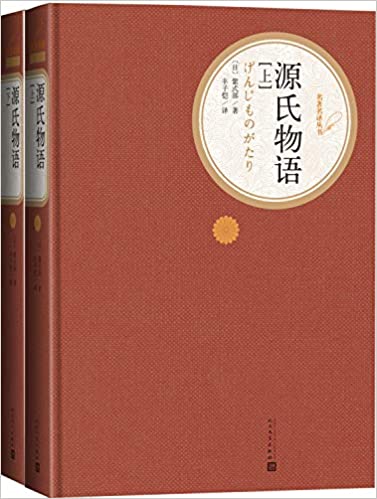WULOLIFE
《源氏物语》上下册 作者: [日] 紫式部 译者: 丰子恺 出版社: 人民文学出版社
《源氏物语》上下册 作者: [日] 紫式部 译者: 丰子恺 出版社: 人民文学出版社
Couldn't load pickup availability
Description
内容简介 · · · · · ·
《源氏物语》以日本平安王朝全盛时期为背景,通过主人公源氏的生活经的腐败政治、淫乱生活、上层贵族之间的互相倾轧和权力斗争,而源氏的爱情婚姻,则揭示了一夫多妻制下妇女的悲惨命运。在贵族社会里,男婚女嫁往往是政治斗争的手段,妇女成了政治交易的工具和贵族男人手中的玩物。故事涉及四代天皇,历经70余年,所涉人物四百多位。全书以源氏家族为中心,上半部写了源氏公子与众妃、侍女的种种或凄婉或美好的爱情生活;后铺陈了复杂纷繁的男女爱情纠葛事件。
作者简介 · · · · · ·
紫式部,本姓藤原,原名不详。因其长兄任式部丞,故称为藤式部,这是宫里女官中的一种时尚,她们往往以父兄的官衔为名,以示身份;后来她写成《源氏物语》,书中女主人作者生卒年月也无法紫式部出身中层贵族,是书香门第的才女,曾祖父、祖父、伯父和兄长都是有名的歌人,父亲兼长汉诗、和歌,对中国古典文学颇作者自幼随父学习汉诗,熟读中国古代文献,特别是音乐和佛经。不幸家道中落,她嫁给了一个比她年长二十多岁的地方官藤原宣孝,婚后不久,丈夫去世,她过着孤苦的孀居生活。后来应当时统治者藤原道长之召,入宫充当一条彰子皇后的女官,给彰子讲解《日本书纪》和白居易的诗作,有机会直接接触宫廷的生活,对妇女的不幸和宫廷的内幕有了全面的了解,对贵族阶级的没落倾向也有所感受。这些都为她创作《源氏物语》提供了艺术构思的广阔天地和坚实的生活基础。
